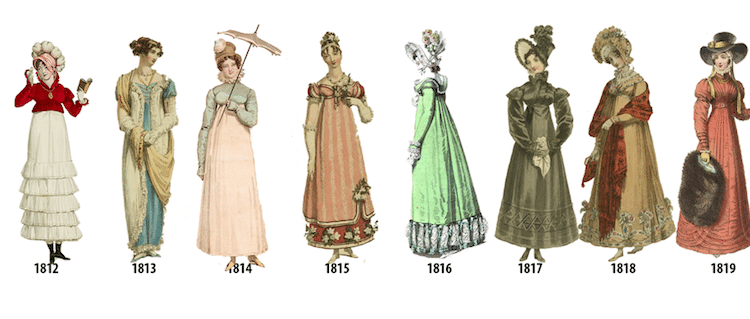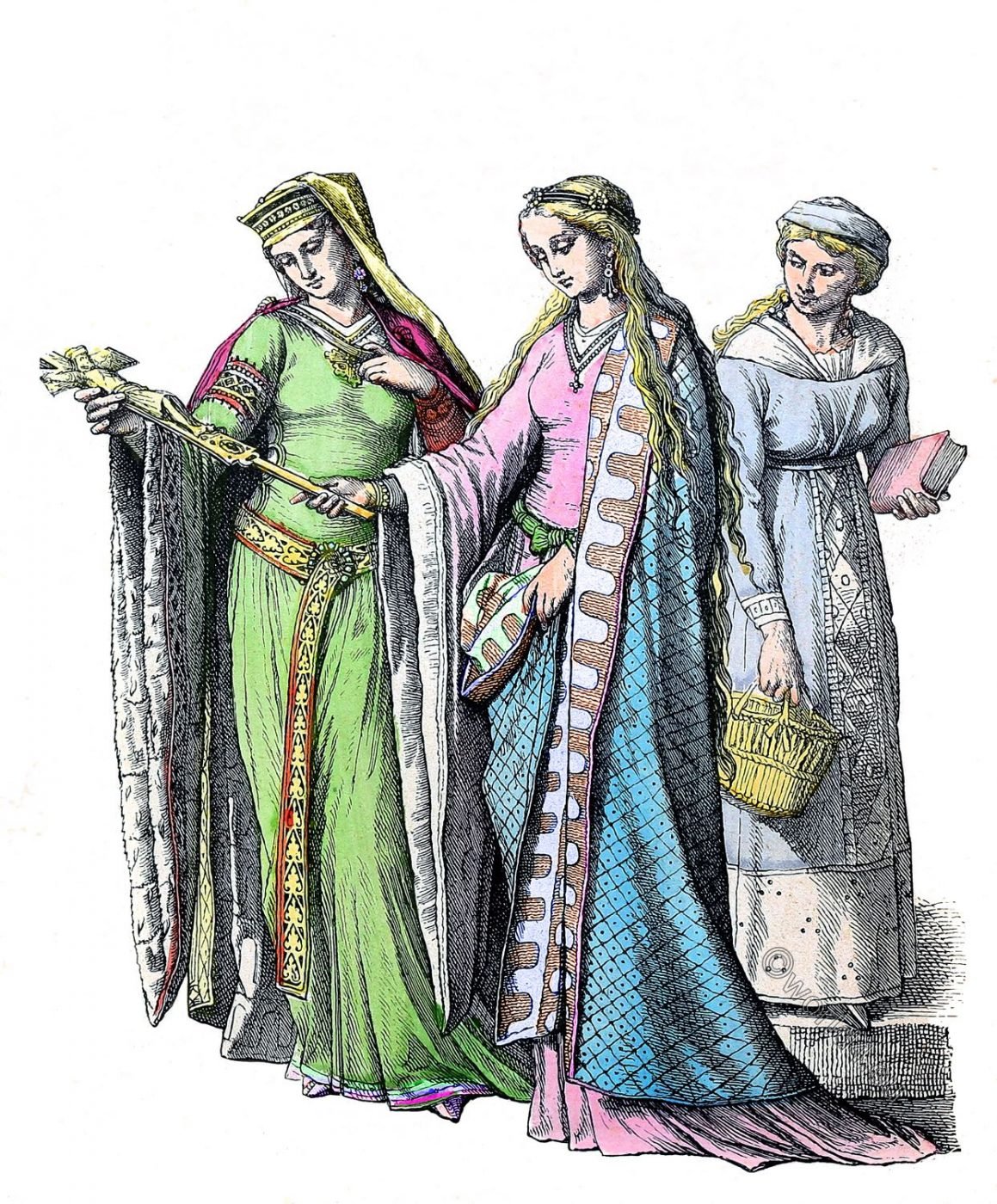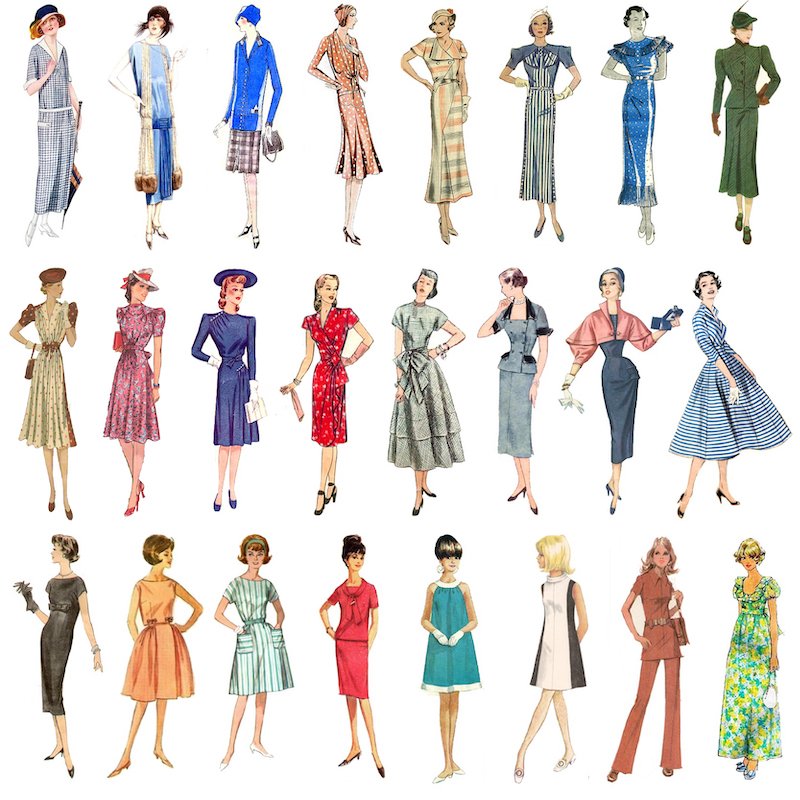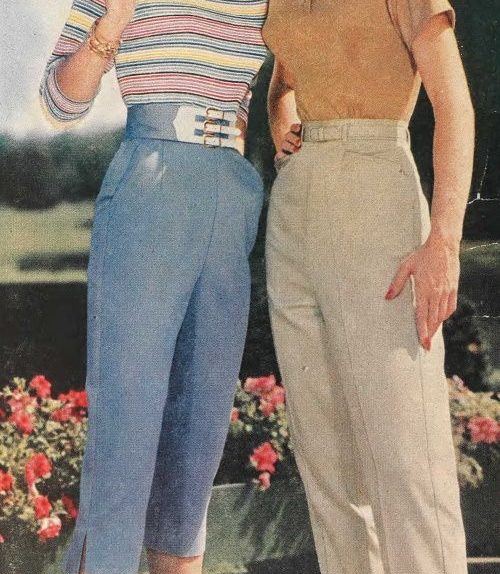
Women’s fashion has been changing and evolving since the beginning of time. From simple, handmade garments to complex, designer creations, women’s fashion has dramatically transformed over the centuries.
This blog post will look at the various stages of women’s fashion throughout history and how they have changed over time.
Join us as we journey through the evolution of women’s fashion.
Importance of Fashion in Women’s History
Fashion is more than just clothing. It is an essential part of women’s history. Through its evolution over time, it has been used to reflect cultural values, communicate messages about gender roles, and allow women to express themselves creatively.
As a result, it is a vital element in understanding women’s experiences throughout history.
Ancient Times
- Clothing in Ancient Egypt:

In Ancient Egypt, women wore linen clothing that was light and airy, allowing them to stay cool during the hot climate of their homeland.
Religious beliefs heavily influenced the fashion of the time, and women often adorned their clothing with jewels and amulets for spiritual protection. Wealthy women wore elaborate jewelry made from precious stones and gold, while poorer women often opted for simpler pieces.
Women used kohl eyeliner to highlight their eyes and face paint to enhance their beauty.
- Clothing in Ancient Greece and Rome:
The fashion of Ancient Greece and Rome was heavily inspired by religion and mythology, with flowing tunics being the most popular style of clothing.
Women would often wear these garments with belts and jewelry, while more affluent citizens would be draped in luxurious fabrics like silk and velvet. Over time, the styles became more decorative, with intricate embroidery added to the garments.
- Clothing in Ancient China and Japan:
In Ancient China and Japan, clothing was essential to display social standing. For instance, women of higher classes would wear elaborate silk robes with bright colors and intricate designs, while those of lower classes had to settle for plainer garments.
Medieval Period
Societal expectations for modesty, religious observance, and the availability of certain fabrics primarily dictated women’s fashion during this time.
- Fashion in the Middle Ages:

Women’s clothing during the Middle Ages included voluminous skirts, bodices, and cloaks, often decorated with intricate embroidery.
Jewelry was also popular, as it was a symbol of wealth and status. However, headwear was of particular importance, especially among the aristocracy. They wore various hats, headdresses, and veils to emphasize their societal position.
Women’s clothing tended to be practical in design, but with the addition of luxurious fabrics, embroidery, and trims.
- Renaissance Fashion:
The Renaissance period saw a shift in fashion as new technologies began to impact fashion trends.
This period was characterized by a focus on comfort and structure which changed women’s clothing styles from billowing garments to fitted silhouettes and corsets. Women during this time often wore wide-brimmed hats, pendants, and beads for jewelry.
As fabrics became more widely available, gowns became more ornate and featured high collars, full sleeves, and lace accents. In addition, women began to wear gloves and other accessories to complete their looks.
20th Century

- The 1900s-1920s: Edwardian and Flapper Style:
In the 1900s-1920s, the Edwardian style was considered fashionable. High collars, long skirts, and hats with wide brims characterized it. Young women wore shorter dresses and more revealing clothing during this period, challenging women’s traditional roles.
- The 1930s-1950s: Golden Age of Hollywood and WWII
In the 1930s-1950s, Hollywood set the trends for women’s fashion. Hollywood stars influenced how women dressed, from glamorous evening gowns to practical casual wear during WWII.
- The 1960s-1980s: Hippie Movement, Disco Era, and Punk Fashion
The 1960s-1980s were a time of great creativity in the fashion world. The hippie movement significantly impacted how people dressed in bright colors, folk prints, and bell-bottom jeans. Disco music brought a new dress code with sparkles, sequins, and platforms. Punk fashion emerged in the late 1970s and combined elements of punk rock music with style, creating an edgy and rebellious look.
- 1990s-Present: Grunge, Minimalism, and High Fashion
The 1990s-Present have seen the emergence of many new styles, from grunge and minimalism to high fashion. Women have embraced bold colors and prints, mixing elements of different types to create a unique look. Social media has significantly influenced modern style, with fashion trends being shared quickly worldwide.
Conclusion
Fashion has been a part of women’s lives throughout the centuries. It has evolved, with new designs, fabrics, and silhouettes coming into fashion and out of style.
The evolution of women’s fashion has also reflected changes in society, culture, and technology. In the past, fashion was used to define social status and control women’s behavior. But today, fashion is more about self-expression, creativity, and empowerment. It allows women to showcase their unique sense of style and individual beauty.
Women’s fashion has come a long way since ancient times, and we can only imagine where it will go.
